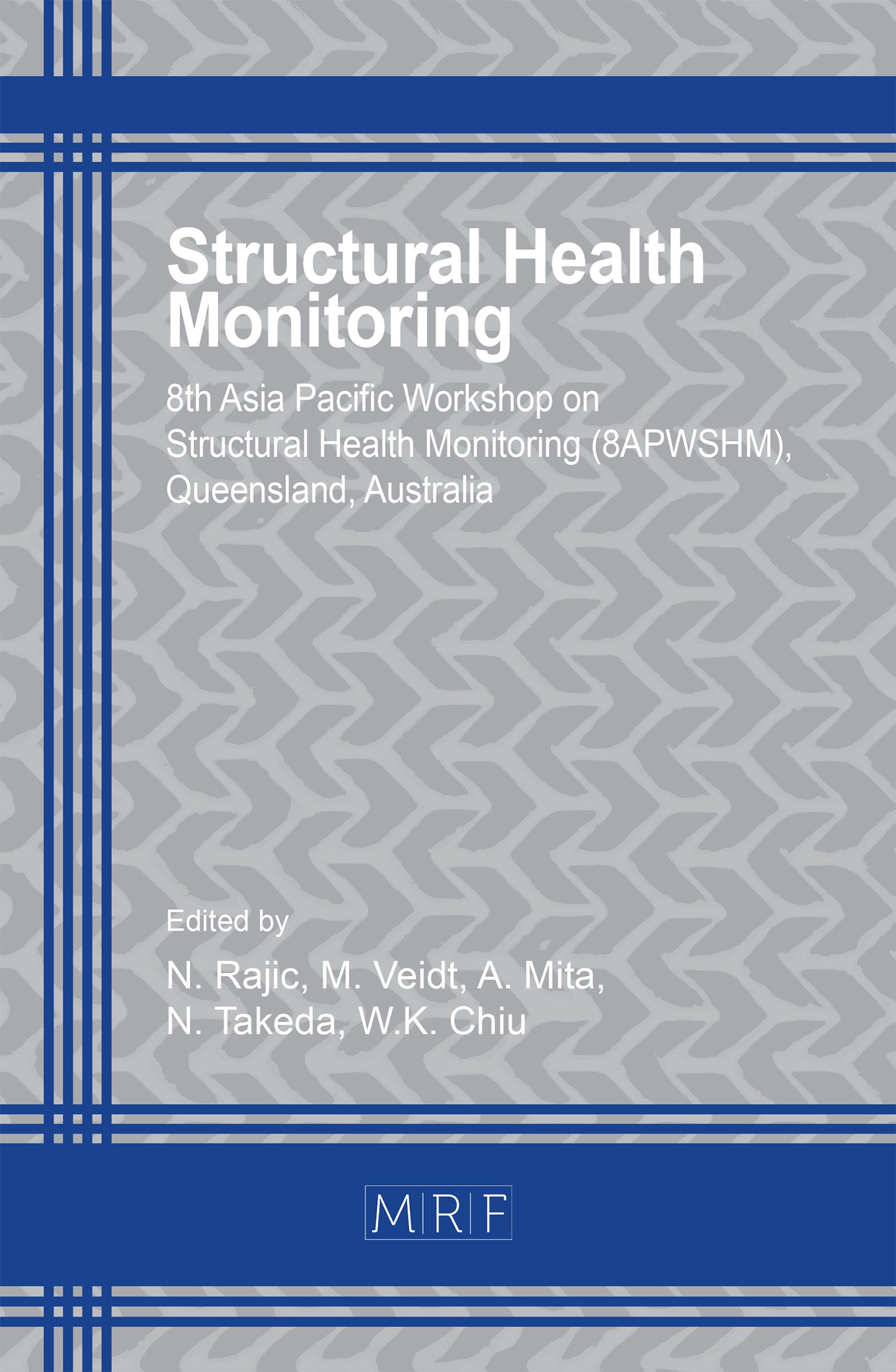Quasi-Active Thermography for Structural Health Assessment of Large Geomembranes
Yue Ma, Leslie Wong, Benjamin Steven Vien, Thomas Kuen, Nik Rajic, L.R. Francis Rose, Jayantha Kodikara, Wing Kong Chiu
download PDFAbstract. High density polyethylene (HDPE) geomembranes (approximately 8 hectares each) are employed as floating covers at the wastewater treatment plant of Melbourne Water in Werribee, Australia. The anaerobic lagoons at the plant rely on these HDPE geomembrane floating covers to capture both the biogas and odours. Given the nature of the plant and the harsh environmental conditions, a non-contact inspection method that can cover a vast expanse is the preferred approach for the structural health monitoring and assessment of the cover. This paper presents an exploratory investigation on the use of a quasi-active thermography technique to detect the presence of artificially induced part-through defects on a HDPE geomembrane specimen. The proposed method utilises a naturally occurring heat source (solar radiation) as the thermal stimulus. An infrared thermal camera and a pyranometer were used to record the thermal responses of the HDPE material as a result of solar intensity variation. The viability of using periodic cloud cover transients to drive this inspection technique is reported. In addition, an image processing algorithm is formulated based on the relative summation of the transient events to enhance the identification of the defects. The findings show that the observed thermal transients can be used to define the presence of defects both when the underside of the material is in contact with water or with air, and thereby provides a promising approach for the structural health monitoring of these high-value assets.
Keywords
Quasi-Active Thermography, Structural Health Monitoring, Geomembrane, Floating Covers, Sewage Treatment Plant
Published online 2/20/2021, 8 pages
Copyright © 2021 by the author(s)
Published under license by Materials Research Forum LLC., Millersville PA, USA
Citation: Yue Ma, Leslie Wong, Benjamin Steven Vien, Thomas Kuen, Nik Rajic, L.R. Francis Rose, Jayantha Kodikara, Wing Kong Chiu, Quasi-Active Thermography for Structural Health Assessment of Large Geomembranes, Materials Research Proceedings, Vol. 18, pp 79-86, 2021
DOI: https://doi.org/10.21741/9781644901311-10
The article was published as article 10 of the book Structural Health Monitoring
![]() Content from this work may be used under the terms of the Creative Commons Attribution 3.0 licence. Any further distribution of this work must maintain attribution to the author(s) and the title of the work, journal citation and DOI.
Content from this work may be used under the terms of the Creative Commons Attribution 3.0 licence. Any further distribution of this work must maintain attribution to the author(s) and the title of the work, journal citation and DOI.
References
[1] Chiu, W.K., et al., Large Structures Monitoring Using Unmanned Aerial Vehicles. 2017. p. 415-423. https://doi.org/10.1016/j.proeng.2017.04.503
[2] Wong, L., et al., Remote Monitoring of Floating Covers Using UAV Photogrammetry. Remote Sensing, 2020. 12(7): p. 1118. https://doi.org/10.3390/rs12071118
[3] Omar, M., et al., Infrared thermography for inspecting the adhesion integrity of plastic welded joints. NDT & E International, 2006. 39(1): p. 1-7. https://doi.org/10.1016/j.ndteint.2005.04.008
[4] Flores-Bolarin, J. and R. Royo-Pastor. Infrared thermography: A good tool for nondestructive testing of plastic materials. in Proceedings of the 5th European Thermal-Sciences Conference, Eindhoven, The Netherlands. 2008.
[5] Taole, R., R. Falcon, and S. Bada, The impact of coal quality on the efficiency of a spreader stoker boiler. Journal of the Southern African Institute of Mining and Metallurgy, 2015. 115(12): p. 1159-1165. https://doi.org/10.17159/2411-9717/2015/V115n12a3
[6] Swiderski, W. and D. Szabra. Possibility of defect detection in multi-layered composite materials used for military applications by IR thermography. in Proc. of the 5th International Workshop on Advances in Signal Processing for Non-Destructive Evaluation of Materials, Quebec City, Canada. 2005.
[7] Jorge Aldave, I., et al., Review of thermal imaging systems in composite defect detection. Infrared Physics and Technology, 2013. 61(C): p. 167-175. https://doi.org/10.1016/j.infrared.2013.07.009
[8] Rajic, N. and S. Galea, Thermoelastic stress analysis and structural health monitoring: an emerging nexus. Structural Health Monitoring, 2015. 14(1): p. 57-72. https://doi.org/10.1177/1475921714548936
[9] Steinberger, R., et al., Infrared thermographic techniques for non-destructive damage characterization of carbon fibre reinforced polymers during tensile fatigue testing. International Journal of Fatigue, 2006. 28(10): p. 1340-1347. https://doi.org/10.1016/j.ijfatigue.2006.02.036
[10] Kafieh, R., T. Lotfi, and R. Amirfattahi, Automatic detection of defects on polyethylene pipe welding using thermal infrared imaging. Infrared Physics & Technology, 2011. 54(4): p. 317-325. https://doi.org/10.1016/j.infrared.2010.12.010
[11] Ma, Y., et al., Quasi-Active Thermal Imaging of Large Floating Covers Using Ambient Solar Energy. Remote Sensing, 2020. 12(20): p. 19. https://doi.org/10.3390/rs12203455
[12] Apogee, Apogee instruments owner’s manual pyranometer models SP-110 and SP-230, Logan.USA, Editor. 2020.
[13] FLIR, User’s manual FLIR A6xx series, O. FLIR systems: Wilsonville, United States Editor. 2016.































